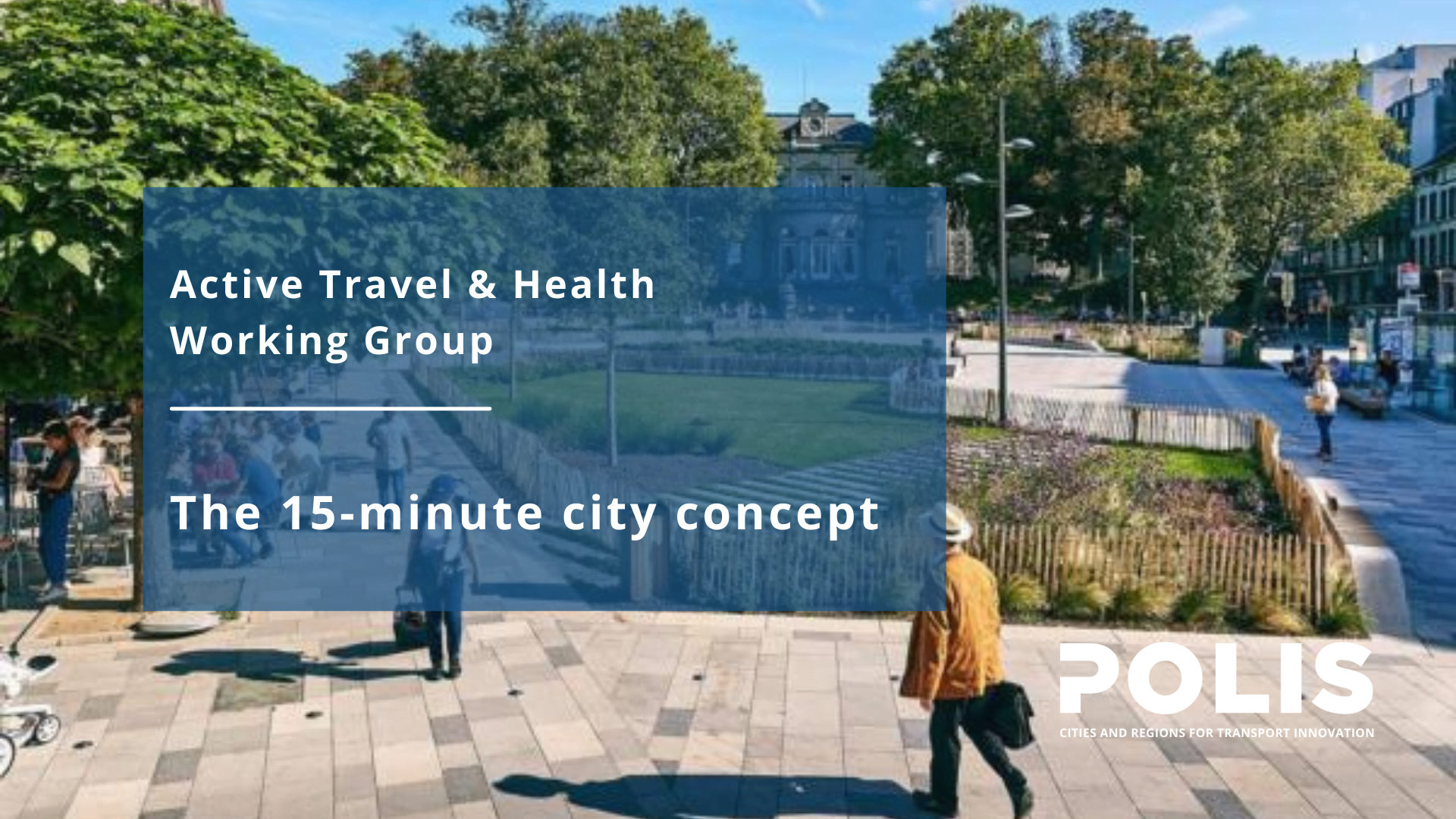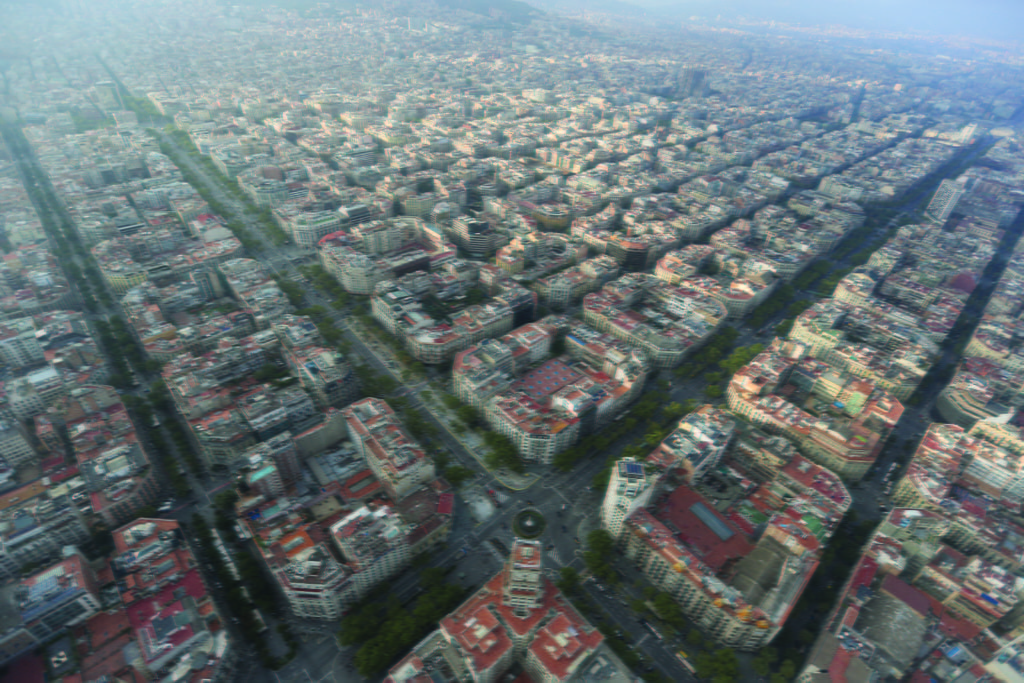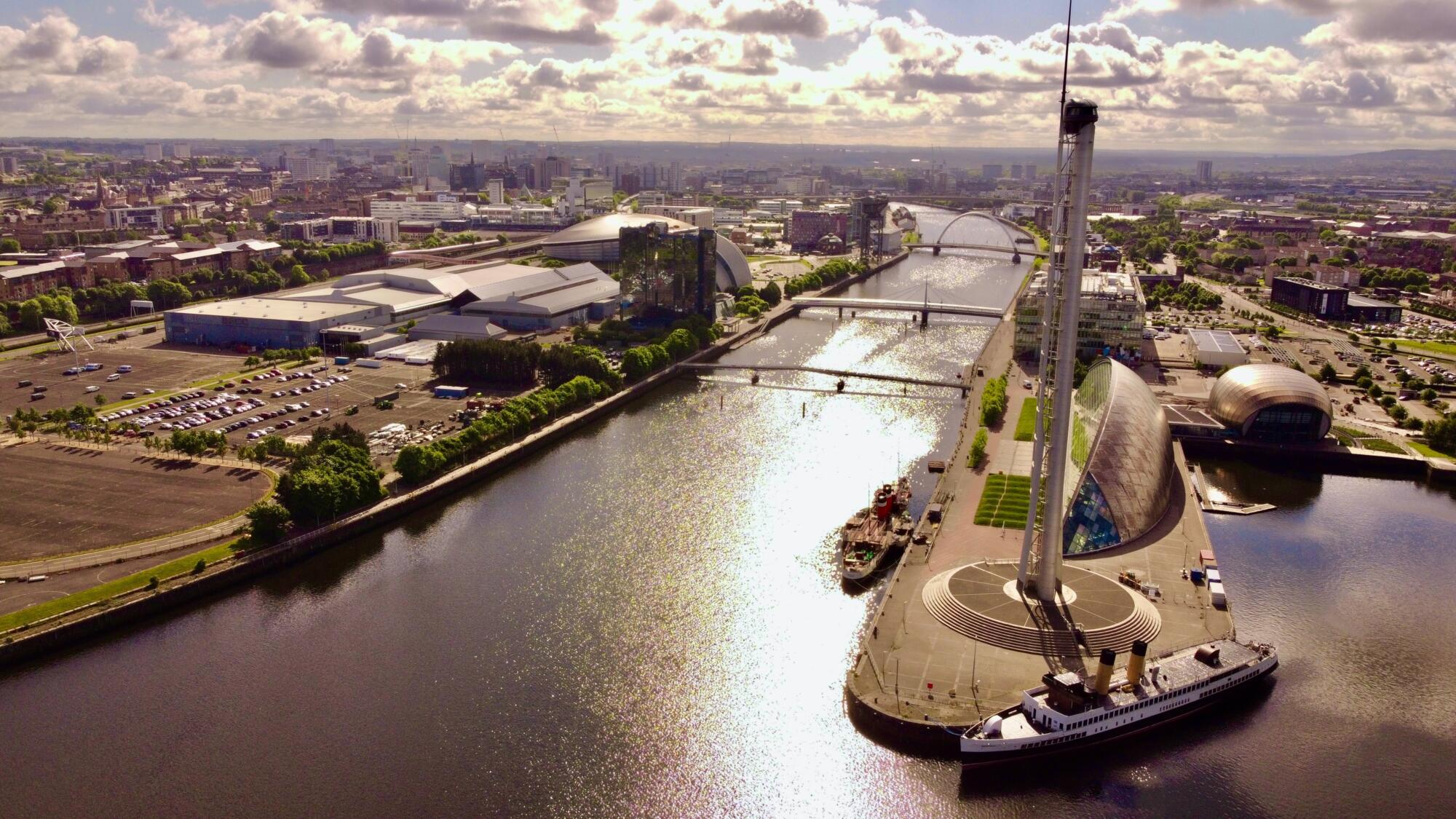POLIS' Active Travel Working Group explores the 15-minute city concept
On 25 March, POLIS' Active Travel and Health Working Group met to discuss how cities are implementing the 15-minute city concept, the challenges they face and solutions being found. It heard from POLIS members including Milan, Barcelona and Glasgow, as well as mobility experts from across Europe who shared their experiences and advice for others.
The 15-minute city is a concept which has captured the attention of transport professionals, urban planners, architects- and indeed the media. Following the onset of the COVID-19 pandemic, as cities sought to increase active travel options, generate space for social distancing and support local commerce, the 15-minute city has grown rapidly in popularity.
From Barcelona's superblocks to Glasgow's 'Livable Neighbourhoods' plan, metropolises of all shapes and sizes have begun to experiment more radically with urban design in ways which fundamentally reshape urban space around sustainable mobility- in an effort to address air quality, congestion and accessibility. Cities began to see mobility as an experience, not simply a means of getting from A to B.
COVID-19 revealed the extraordinary capacities of our local authorities to mobilise these radical changes in mobility in a short period of time. European cities and national governments allocated over €823 million to active mobility; announcing over 1,200 km of cycling infrastructure- with more than 500 km of this already implemented.
While Brussel's 'GoodMove' rolled out new walking and cycling infrastructure with neighbourhood traffic-calmed zones almost overnight, London's StreetSpace created strategic and resilience-enhancing actions.
But what does the 15-minute city look like on the ground, and how is it achieved? While it is a catchphrase fast dominating the urban mobility lexicon, the practicalities surrounding design, implementation and maintenance are critical.
At first glance it appears a simple idea; most daily necessities should be accessible within a 15-minute radius by either walking or cycling from residents' homes. However- as every urban planner knows too well- street space reallocation is never straightforward and reorganising traffic flows requires careful preparation and delivery, addressing:
- How to identify neighbourhoods which can be redesigned
- How to ensure planning is data driven and targeted
- How to get citizens on board- and keep them there
- How to provide real and immediate mobility alternatives to promote behavioural change
- How to ensure reallocation serves everybody, without prompting further social and economic marginalisation
Want to know more? POLIS' Working Group meetings are open to members only. To find out more about membership contact Isobel Duxfield: IDuxfield@polisnetwork.eu


